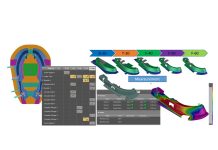[dropcap]F[/dropcap]For some time, we have observed the use of the term “Industry 4.0” for all things related to the employment of AI (artificial intelligence), digital twins, digitalization, and virtualization, among other concepts. Due to its overuse, it has come to be perceived as a marketing slogan, losing all meaning behind the current fourth industrial revolution.
In my opinion, we are experiencing a significant conceptual shift and a big change in our perceptions and actions towards new and ambitious goals for our industry, as shown in Fig. 1 below.
Despite our progress in deploying technologies driving us towards more assertive and efficient decision making, we are still in the early stages of deploying these technologies on a large scale, particularly in the fields highlighted in this paper.
Our education and past experiences still impose certain paradigms that are difficult to overcome due to their longstanding roots.
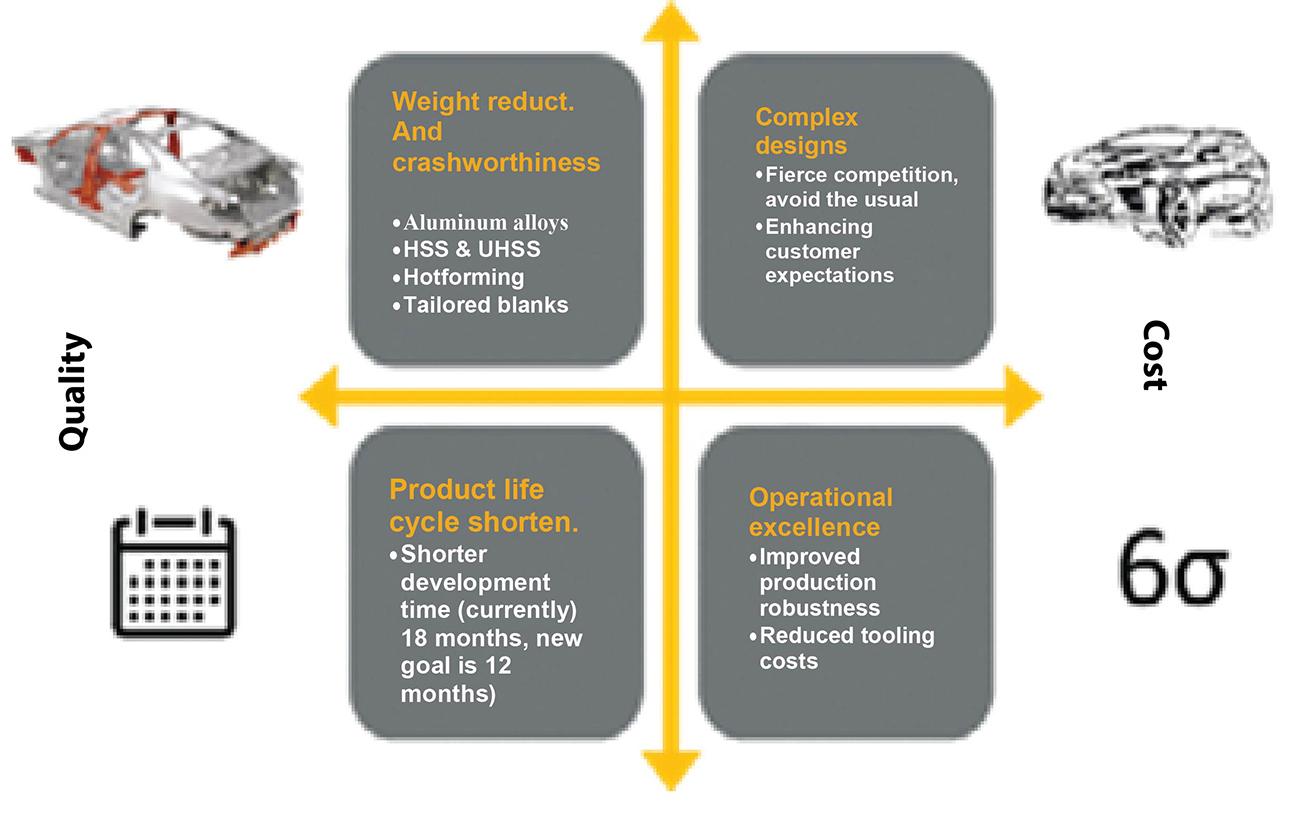
Fig. 1. Industry challenges
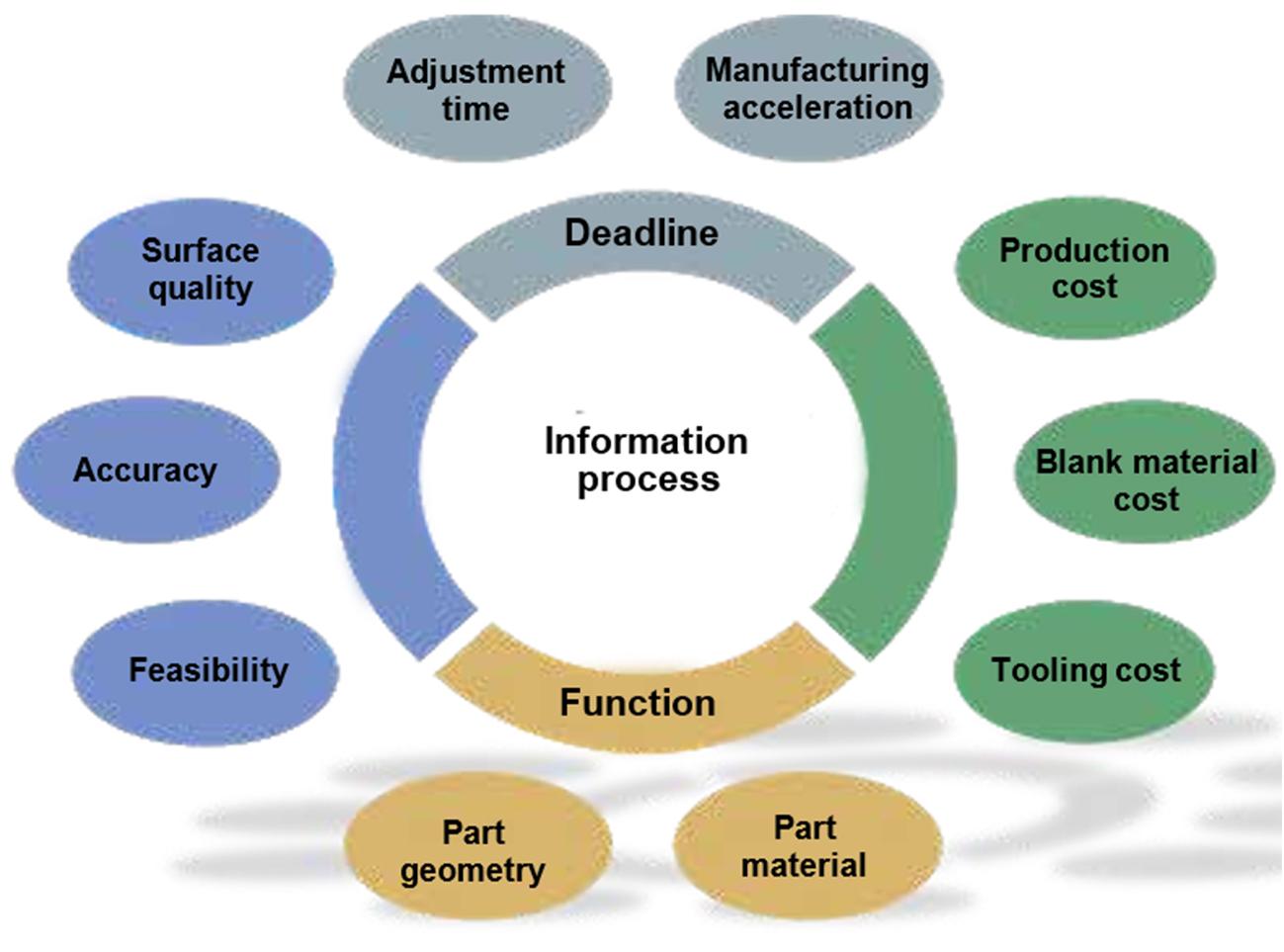
Fig. 2. 4 Decision making factors
I will begin with a brief history of numerical simulations used to assist in the definition of processes and tooling for stamped metal products production.
Accordingly, the suggested name for the column “Tool Shop 4.0” leads us to reflect on the use of simulation in sheet metal forming — where we started, our current situation, future goals, and the benefits gained and yet to come.
To introduce the discussion, I will list four major fields to observe while developing a stamped/formed product. (Fig. 2) aims to serve.
- Quality: can be observed visually and/or geometrically, depending on the function and cost, as well as the application of the product. Although it sounds strange, the same may have variable criteria and different levels of acceptance.
The above factors are all interrelated, depending on the speed at which you intend to launch the product along with its segmentation. To consolidate a basis for the discussion of this and future papers in this series, we will divide the definition and development of a formed metal product into interconnected and overlapping stages, following the maturity of its evolution up to its final production.
Note that the product maturity, according to this perspective, never reaches 100%, as there will always be variations and improvements throughout its production, fulfilling the continuous improvement criteria (Fig. 3).
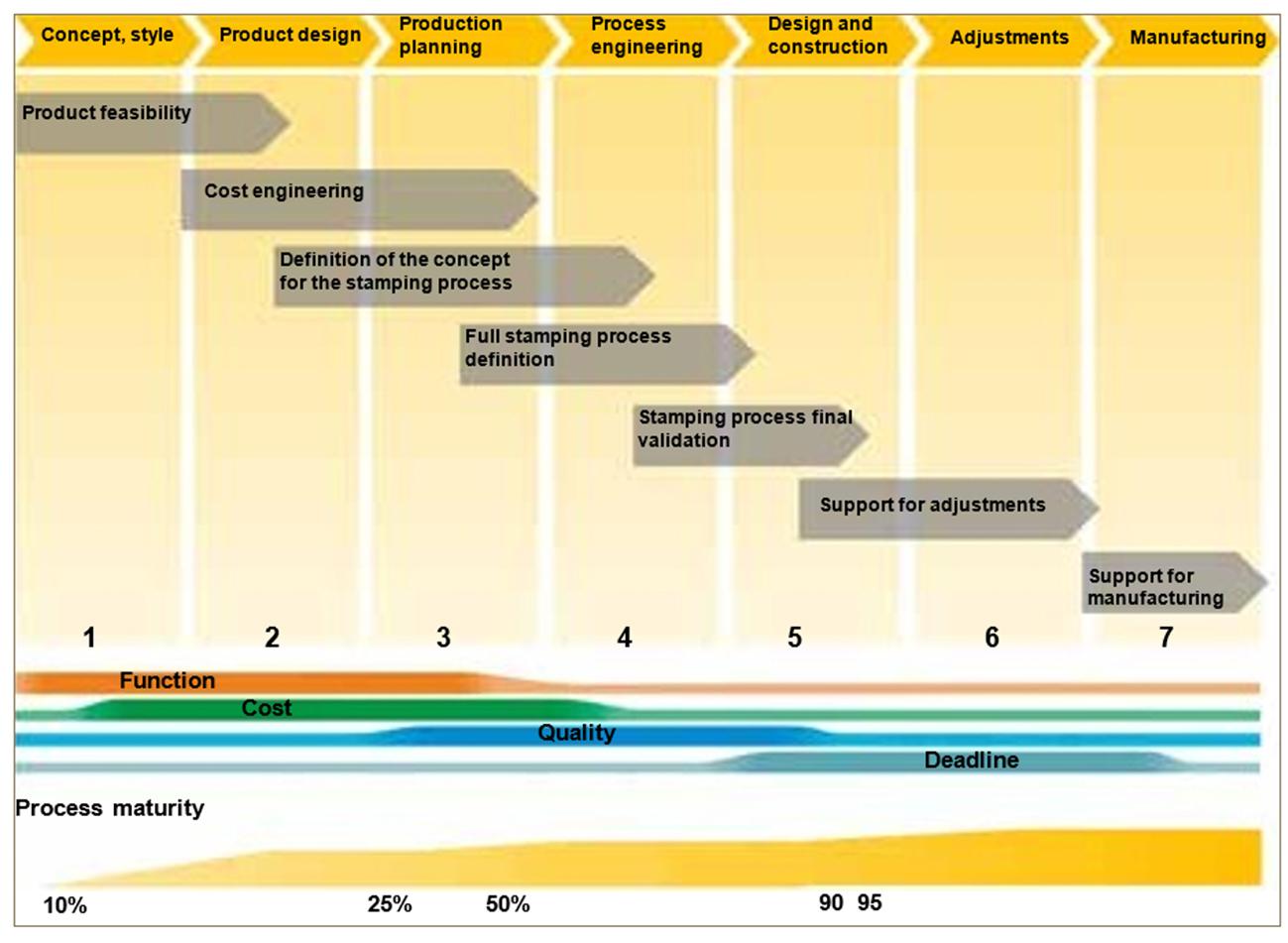
Fig. 3. Stamped product development process
1 – Concept and style – Product feasibility analysis, with consideration of material, process, geometry, and thickness. (Note that this step extends into the next step and the same occurs in succession.)
2 – Product development or design – Completing the product definition and its economic feasibility study. Defining the production, part, and tooling costs, all based on process intention, taking into account the history of the products and their characteristics to provide a more assertive budget base.
Production Planning
- Function: refers to how the product will be employed, e.g., structural or aesthetic. This specifies the material type and the process to be adopted.
- Cost: is determined according to the product type or class, its application, and the segment it variables.
Defining the production concept and method plan, validating the budget and carrying out a more detailed analysis to detect and fix possible critical items or deploy improvements.
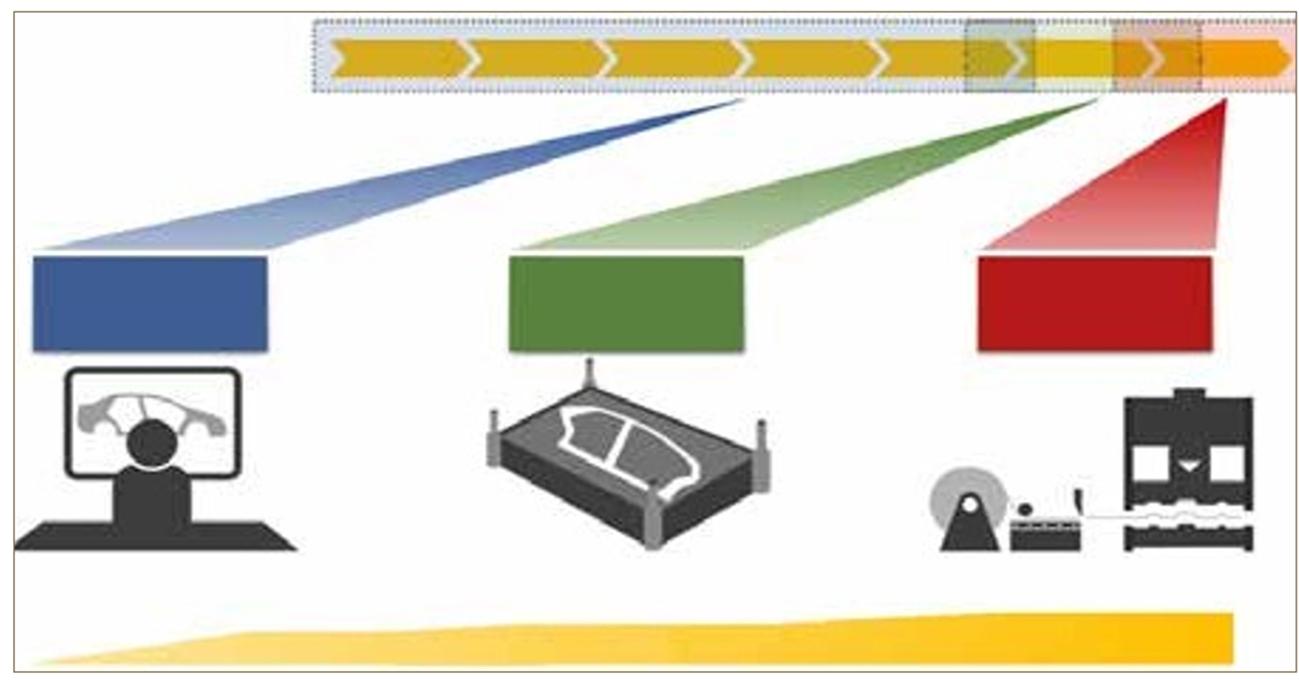
Fig. 4. Different departments in the development process of a stamped part
4 – Process engineering – Defining the final production process, creating the complete digital model matching the reality to be built, considering all applicable variables and providing possible springback compensations. (Some call this stage the digital twin creation).
5 – Design or project and tool construction – Creation of the tooling designs and their final surfaces for manufacturing. Validation and final correction of the defined process, generating all the maps for the adjustments in tryout, considering all applicable engineering and production towards the goal of producing an ideal workpiece in an efficient way.
We will approach each of these stages in greater detail in future papers, further demonstrating the importance of these stages and of creating a realistic mathematical model to carry them out, establishing a harmonious workflow and creating value.
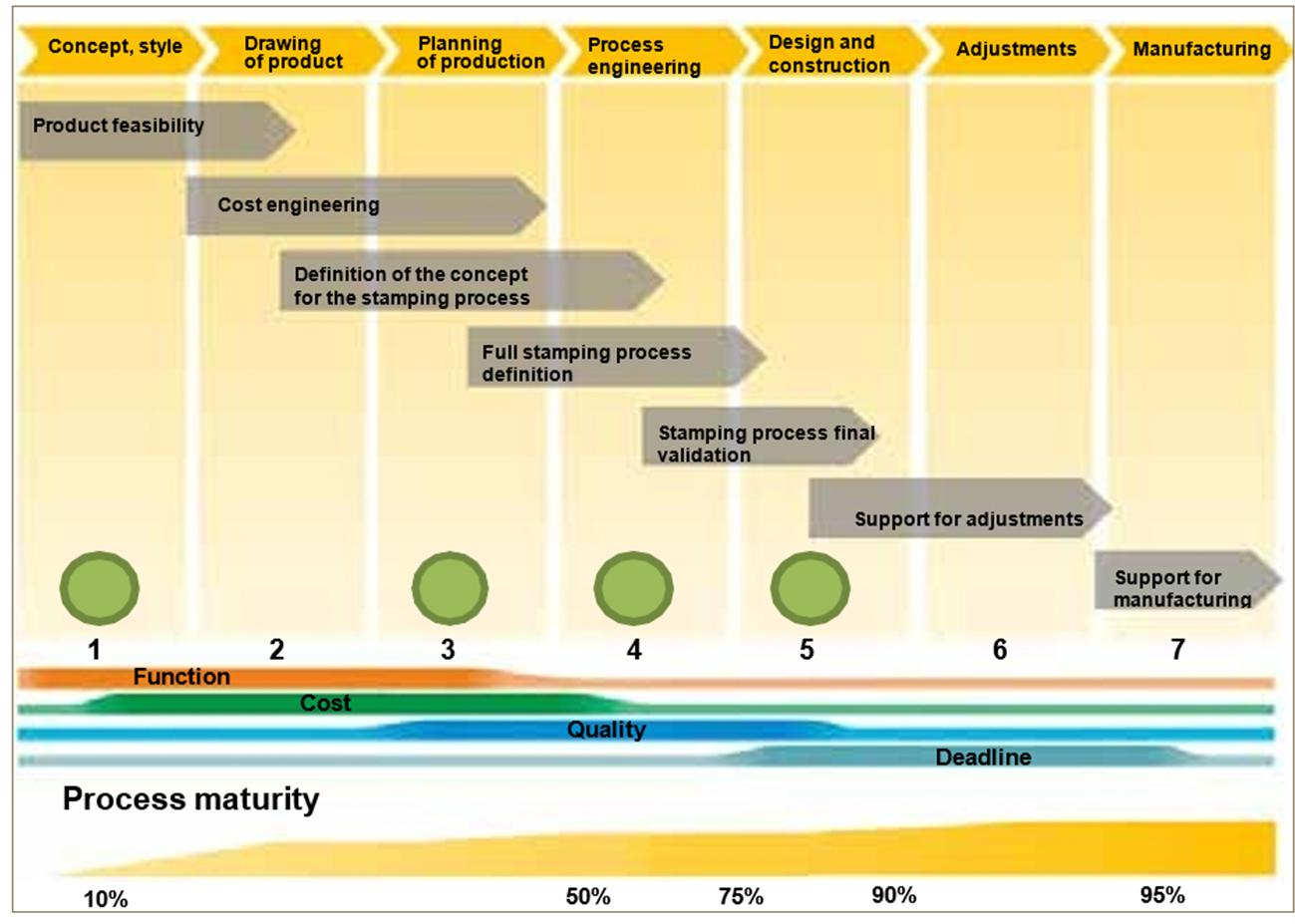
Fig. 5. Unique simulation points
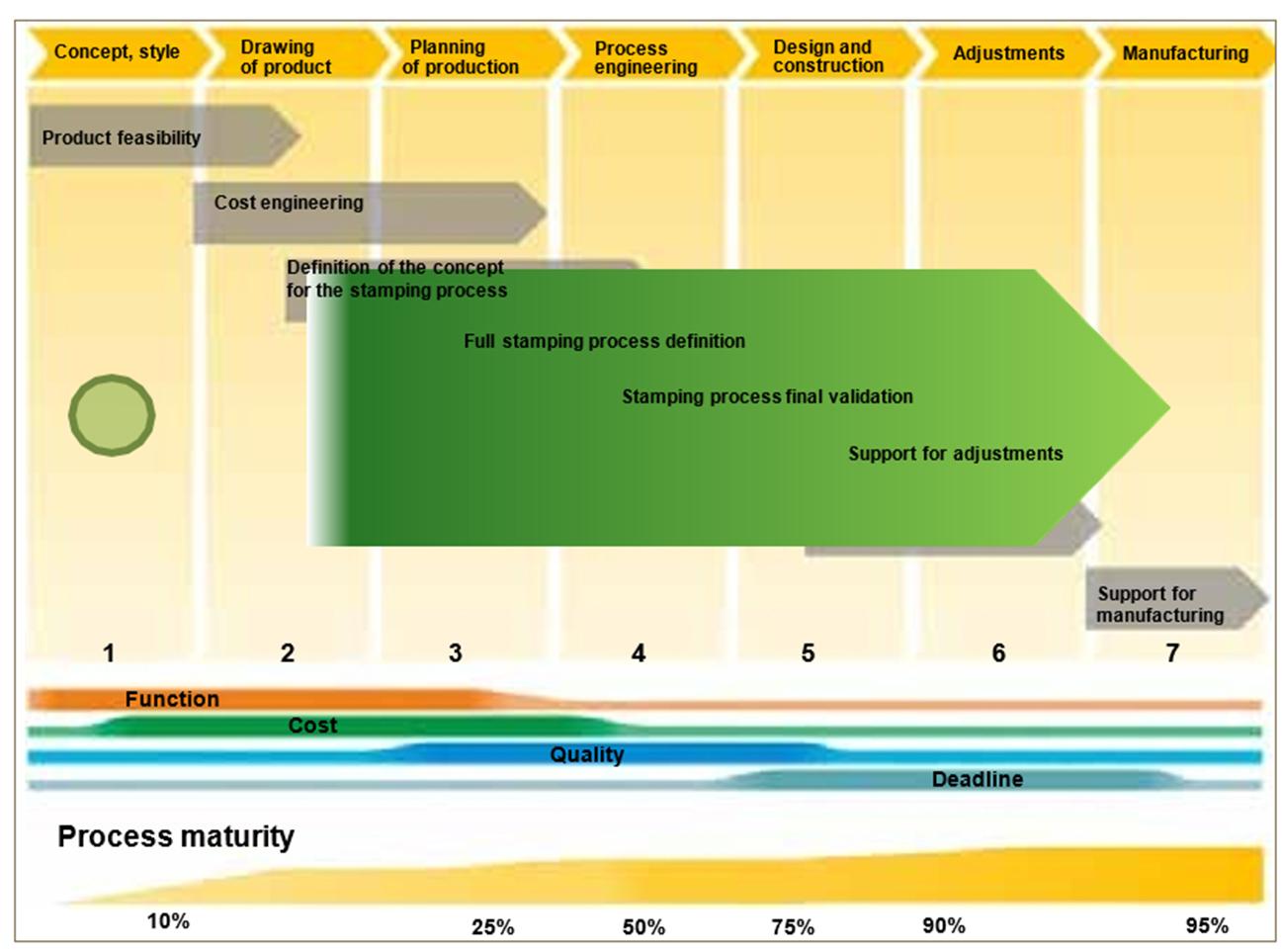
Fig. 6. Start of integration during development
6 – Adjustments or tryout – Carried out on the basis of the established maps and all the previously validated work, with all modifications documented, for the final adjustments and generating the maps for production.
7 – Manufacturing – Production monitoring considering possible adjustments due to variations that were predicted in the engineering and tryout phases, and adjusting the process according to day-to-day variations, such as material properties, process parameters, or even simple coil thickness.
With these seven steps completed, all the sectors of development and production of a stamped product have been attended to (Fig. 4).
As the overlapping development stages (Fig. 3) and their descriptions suggest, the work of defining a product cannot be viewed as departmental or to be completed in a single stage. Rather, it must flow between the numerous teams involved to obtain an efficient production.
To illustrate, it’s not a 100-meter dash or a marathon, where athletes are awarded individually for completing their stage. Instead, we’re running a relay race where the team passes the baton from hand to hand in a synchronized fashion, both predecessor and successor in motion and capitalizing on their joint inertia, following their course.
With these points forming our basis of understanding, we can forge ahead with a brief history of the benefits provided by virtualization and digital mathematical modeling, or just numerical simulation, in recent years.
The 1990s to 2000s:
Although simulations already existed for some time, it was between these years that they started being applied efficiently and in distinct phases of the stamped product development. Their focus was to determine operation feasibility and to predict the behavior of the material under the process conditions.
We can call this phase the introduction of simulation at unique or specific points (highlighted in green in Fig. 5). Despite still maintaining departmental vision and not yet operating as an integrated workflow, it delivered results and increased the efficiency of the process.
In this phase, the gains according to the four decisive factors were:
- Quality: Ruptures and wrinkles eliminated during the 1st tryout.
- Deadline: Weeks or even months saved during tryout.
- Costs: Substantial tooling cost reduction, optimal material utilization.
- Function: Design, projects, and material utilization closer to the limits of manufacturing.
2010 to 2020:
With a certain maturity gain, this period observed a first integration sketch, shown in Fig. 6. Workflows were starting to be defined, increasing efficiency and return due to the synergies between the various parties involved. The gains included:
- More consistent data between engineering and reality.
- Complete process simulation and creation of a realistic digital model.
- Robustness analysis in early engineering phases.
- Capacity to analyze multiple virtual compensation strategies.
In terms of the four decisive factors, the achievements were as follows.
- Quality: Dimensional improvements and surface defect risk minimization.
- Deadline: Three tooling correction cycles saved on average.
- Costs: Due to the increased predictability and efficiency and reduced corrections, significant savings were achieved, depending on the cost structure of the operation and company.
- Function: Increased predictability of the behavior of special materials, high hardness materials, and more advanced processes, leading developers to innovations and employment of materials even closer to the limits of manufacturing.
My humble opinion is that we are still trapped in this model. However, we now have advanced technologies that can lead us forward, creating a constant information flow. This can be achieved by applying accurate digital models that reflect reality in detail, with numerical simulation assisting us in making complex decisions by automatically analyzing several variables and proposing solutions (AI). Thus, supporting all the constructive and production stages (Industry 4.0), which we will call complete process virtualization (Fig. 7).
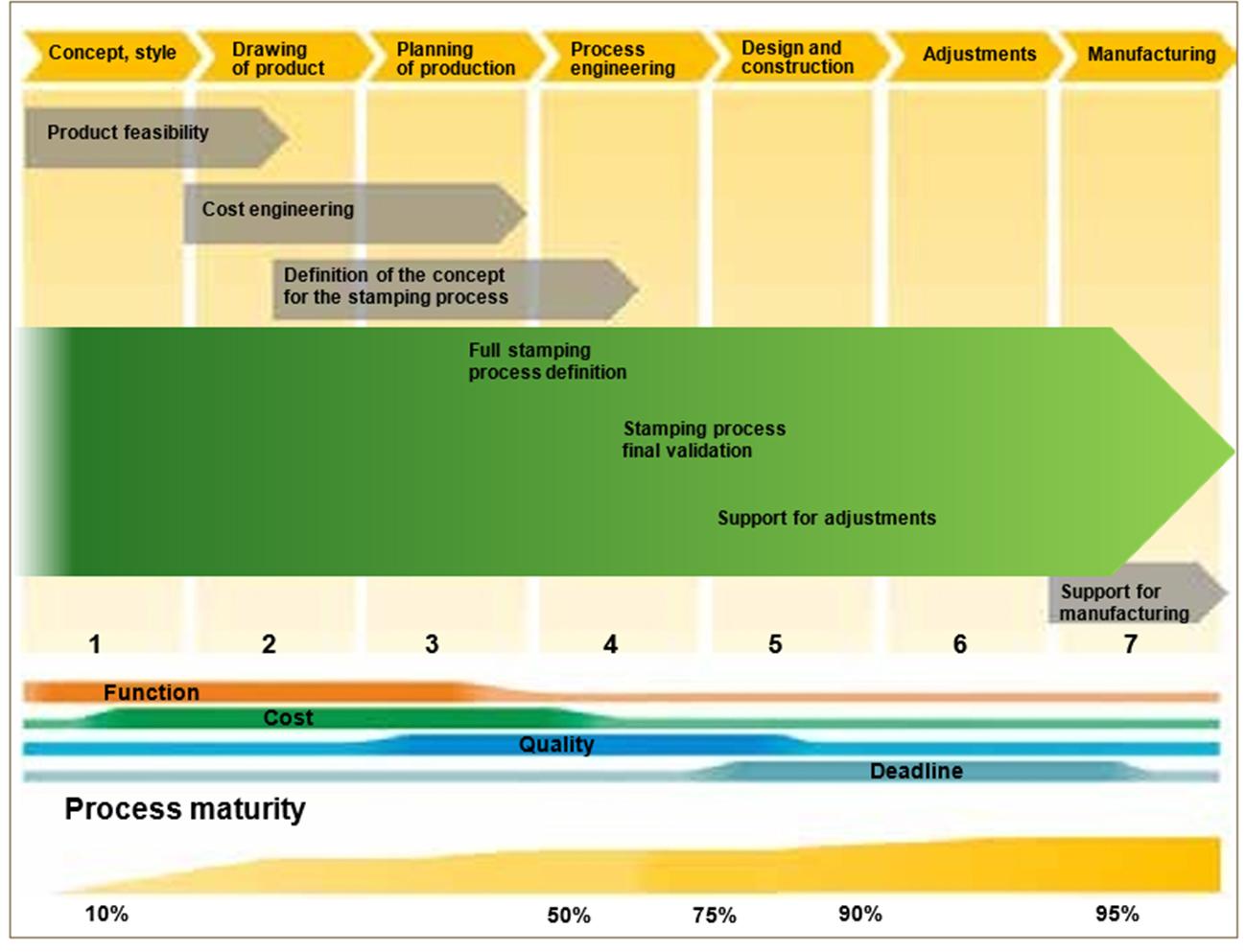
Fig. 7. Full process virtualization
Deploying a complete and harmonious flow can lead us to new heights and bring even more benefits such as:
Quality: Free from surprises in quality and costs.
Deadline: Minimizing the correction cycles in complete assembly groups, aiming at their assembly.
Costs: Lower scrap losses, optimal raw material utilization, higher production rates.
Function: Assembly groups or car body (BiW) and sub-assemblies are within tolerance.
However, to reach this level, we still have a long way to go:
There are still companies that work with inconsistent data throughout the process chain, and these processes remain static within each stage.
Some companies do not consider all attributes (costs, function, deadline, and quality) at all relevant stages.
Despite evidence of improved efficiency, some companies do not leverage all the information that is available or easy to generate to accelerate subsequent tasks.
Usually, companies develop tooling considering the individual product, without considering the assembly group,
and adopting manufacturing strategies based on nominal CAD.
Returning to our original discussion, there are still key elements needed to transform the term Industry 4.0/Tool Shop 4.0 from a catchphrase to a reality in the world of formed/stamped metal products. Certain challenges still need to be overcome, and we need personal, political, and organizational strength for this reality to conquer our industry, since most of the technologies are already available.
Elements for Industry 4.0:
- Consistent data employed throughout the entire process chain
- Connection between systems (CAD, PLM, ERP)
- Transparency between hierarchies and departments
- Standardization to achieve repeatability and consistency
- Enhanced consistency of input data for mathematical models and numerical simulations
- Careful simulation to ensure accuracy
- Digital tools for the shop floor, such as AutoForm-Sigma® and AutoForm-TryoutAssistant®, among others
Organizational challenges:
- Minimizing barriers
- Eliminating the thinking of “someone else’s problem”
- Management support and clearly defined objectives
- Supplier-customer relationship
- Training the involved personnel, whether technicians, engineers, supervisors, or managers, in the latest technologies and processes
- Quality assurance of simulations and digital models
- Plan adjustments/process improvements
In future blogs, we will continue to detail the stages of the processes mentioned here. We will show their role in the development chain and how their virtualization, when performed well, tends to reduce the overall execution time, taking into account the complete process chain. And as a result, increasing the quality of the results and reducing the associated costs. I hope you enjoy this content intended to encourage reflection on the industry.
César Augusto Batalha is the General Manager of AutoForm do Brasil, responsible for operations, technical support, and sales for the entire country and technical support to the Argentine market. He has over 20 years of experience in the automotive industry, with a background in the fields of body parts and automation related to engineering, manufacturing, project management, and deployment.
Featured image courtesy of Weba.








